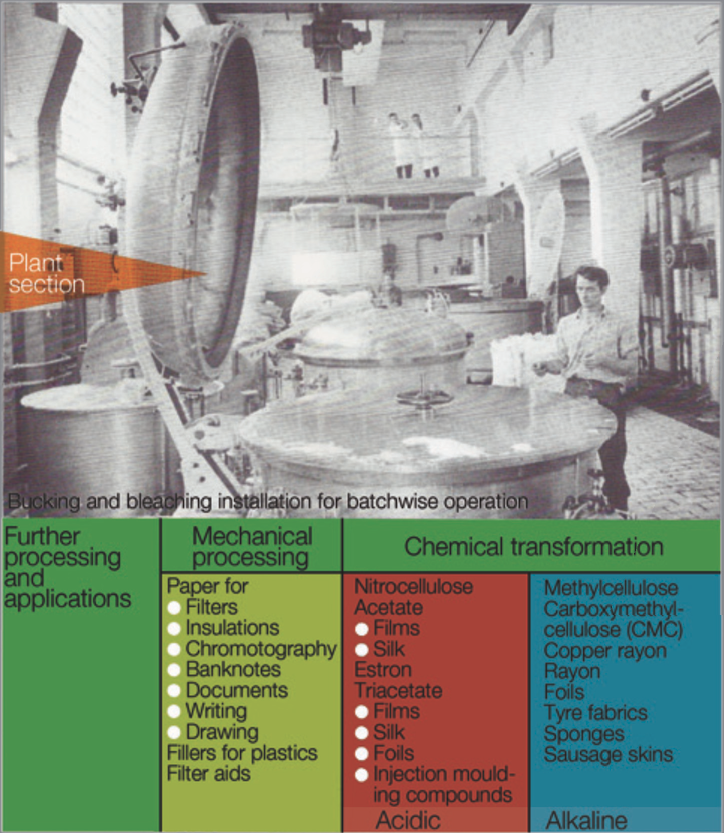Our delivery programme covers batch-wise and continuously working plants with a wide range of capacities.
Cotton linters are the short staple part of the fibres attached to the cotton seeds, which cannot be utilized for mechanical spinning in cotton mills. The fibres attached to the seeds are usually distributed over a certain range of length and a certain number of seeds are embedded inside one cotton ball. Cotton, and linters in particular, is the purest type of cellulose, which is naturally produced.
The long fibres are separated from the seeds in cotton gins and then further processed in cotton industry. The seeds are subsequently de-lintered i.e. the remaining fibres are cut off.
Exploitation of linters
the long fibers (30 to 50 mm) are separated from the seeds in cotton gins and then further processed in the cotton industry. The seeds are subsequently delintered i.e. the remaining fibres are cut off.
If there is only one cutting process, the cut fibers are referred to as "mill-run" quality and the length is from 3,5 to 5 mm.
The application of two consecutive cutting operations results in two different fibre qualities. "first cut" linters (fibre length 3,5 to 7 mm) and "second cut" linters (fibre length 2 to 3 mm).


Purification of linters
| Characteristic data of raw material (air dry) | |
| Cellulose | 73% |
| Fats and Waxes | 2% |
| Pectic Substances | 1% |
| Proteins | 2% |
| Hull fines | 11% |
| Ash | 2% |
| Sand | 1% |
| Moisture | 8% |
| Characteristic data of finished prodcut (laquer grade) |
|
| Alphacellulose | min. 98% |
| Viscosity | 10 … 50 cP |
| Ash contents | max. 0,15% |
| Humidity (after drying) |
max. 10% |
| Copper number | 0,3 |

